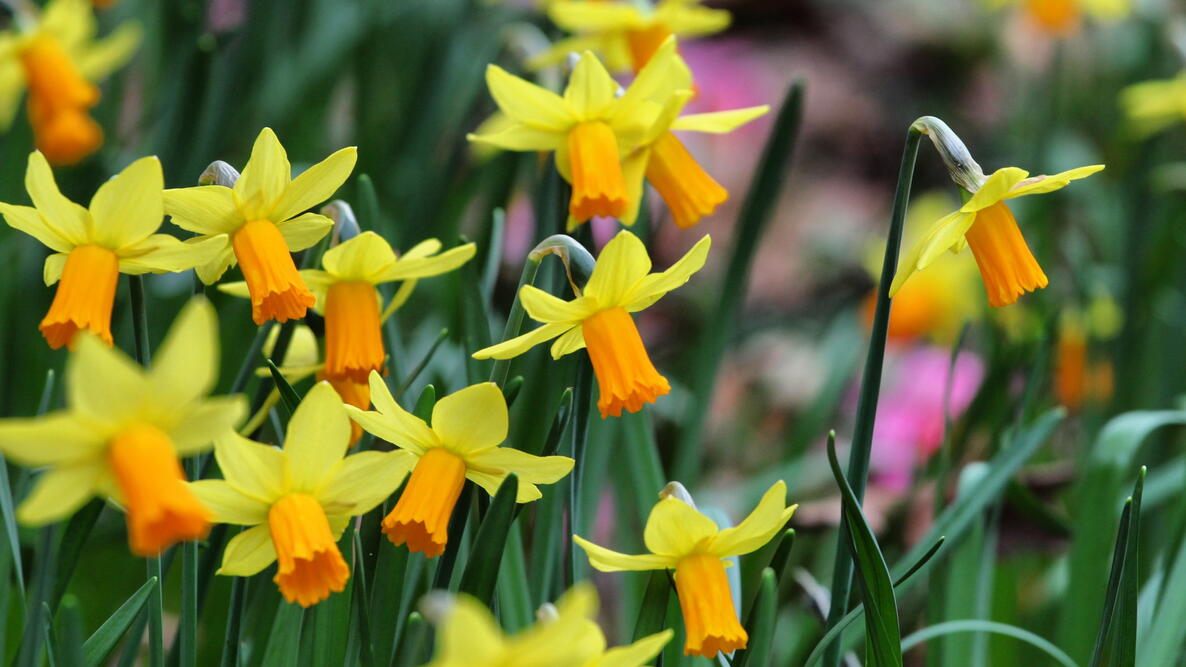
Yellow daffodils, ‘Jetfire’ Narcissus, in flower in early spring
Planting, Growing, and Caring for Daffodils
The Almanac Garden Planner - Use It Free for 7 Days!
Plan your 2025 garden with our award-winning Garden Planner.
Types
According to the American Daffodil Society, there are 13 official daffodil flower types and more than 25,000 named cultivars!
Whatever variety you choose, the most important tip is: Get the best quality bulbs for the best flowers. The bigger the bulbs, the better. Look for top-size bulbs, the biggest bulbs on the market.
- ‘Dutch Master’ is the classic daffodil—big and yellow with a very large cup and oversized trumpets. They bloom early, naturalize easily, and are great for planting in masses.
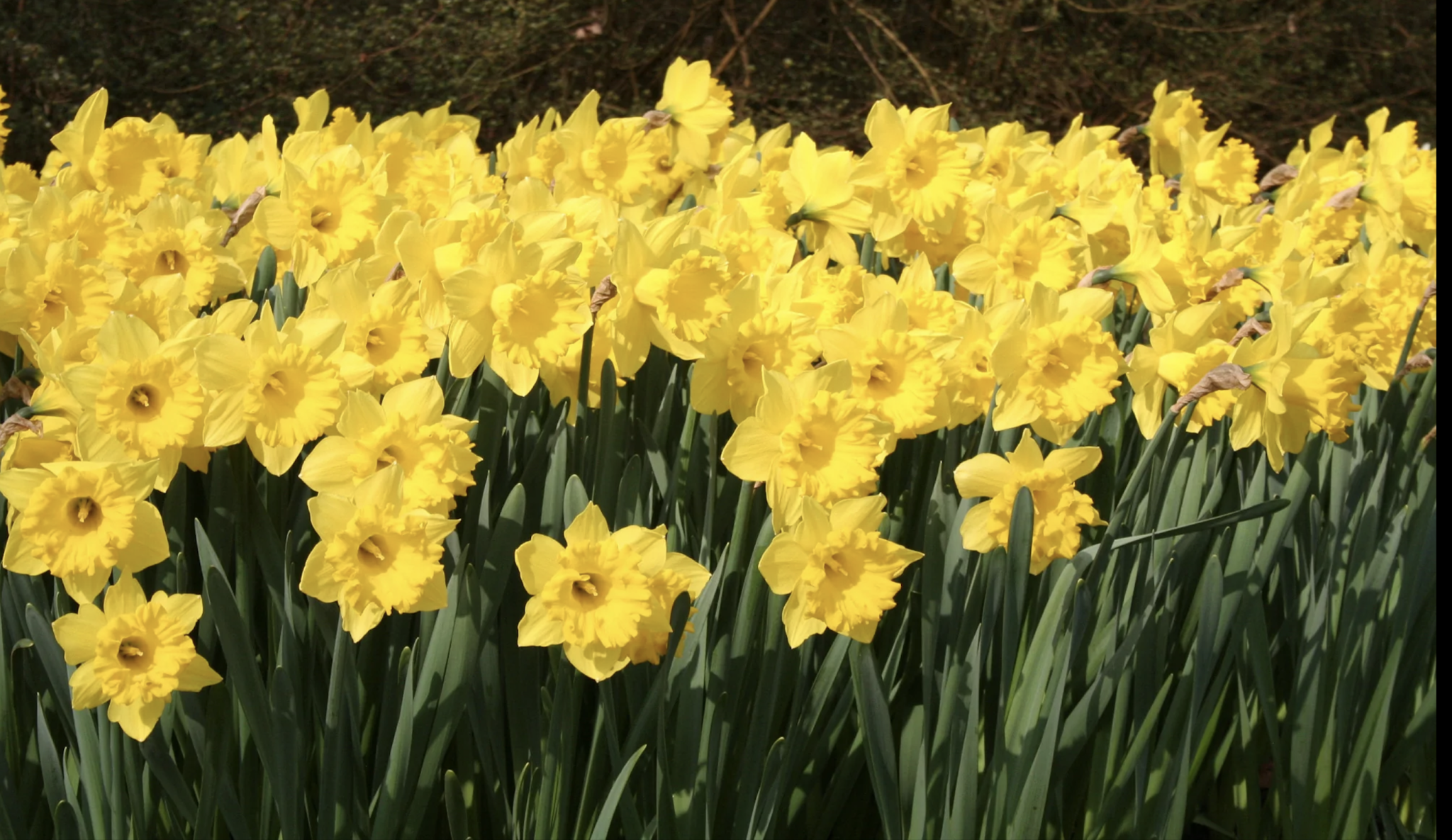
- ‘Barrett Browning’ is the recognizable pure white daffodil with a bright orange trumpet surrounded by a golden halo. They bloom early, naturalize easily, and do well in warmer climates, too.
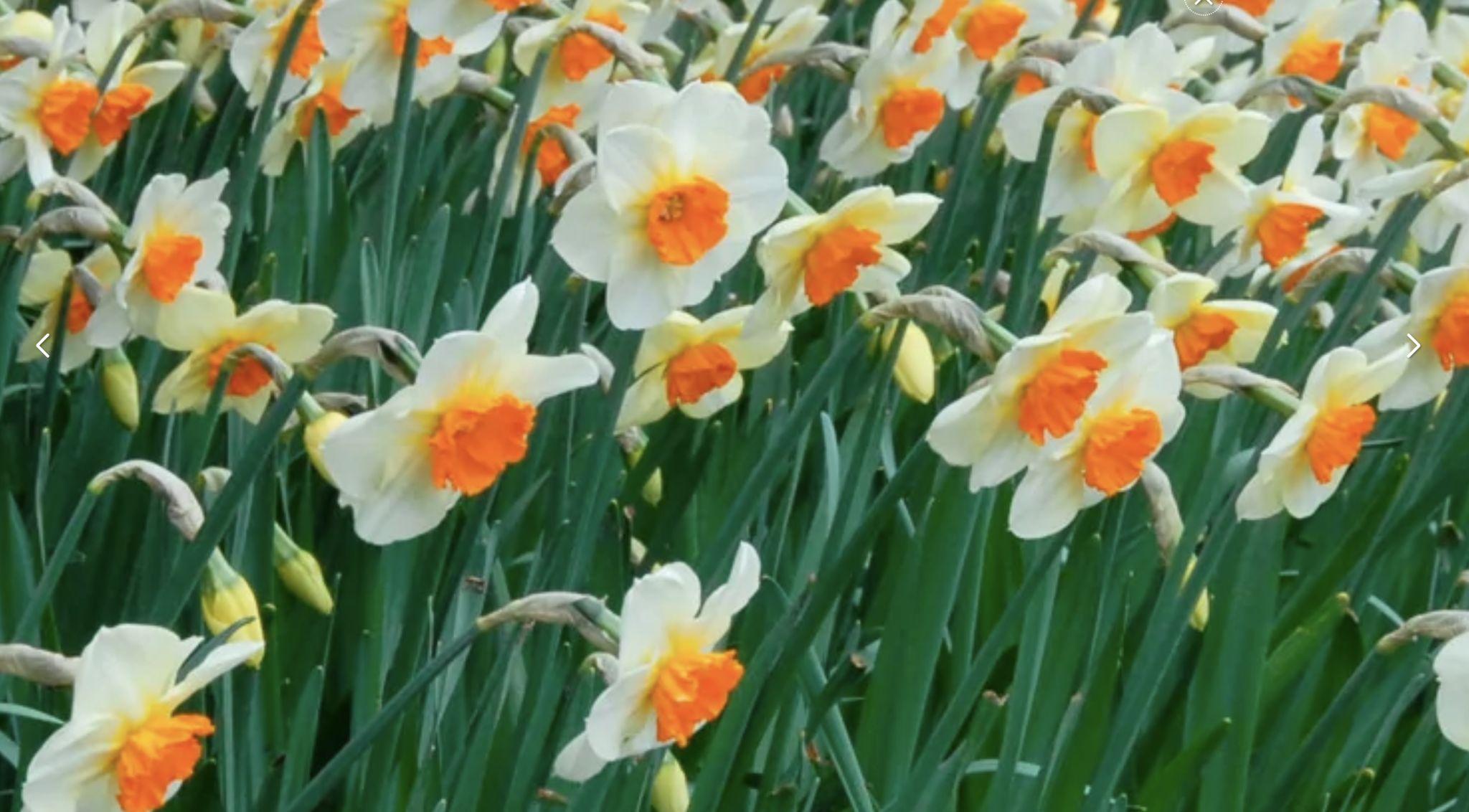
- ’Tahiti’ is a stunner with layers of rounded, golden yellow petals interspersed with frilly, red-orange accents. They bloom mid to late season, last longer, and make an excellent cut flower.
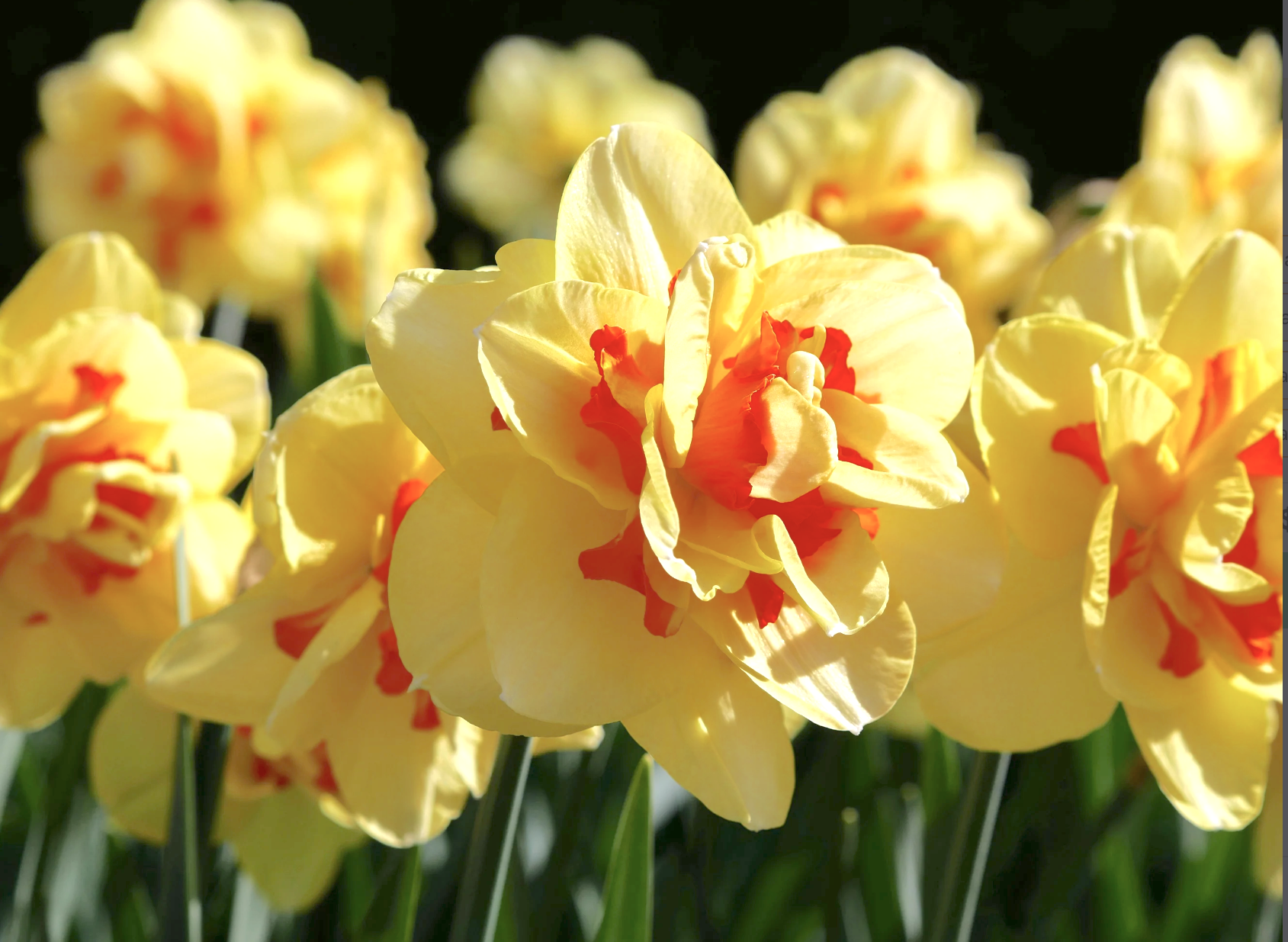
- ‘Tete a Tete’ is an adorable mini daffodil that flowers early and blooms for weeks as one of the most long-blooming varieties. Ideal for flower beds and containers and naturalizes with ease.
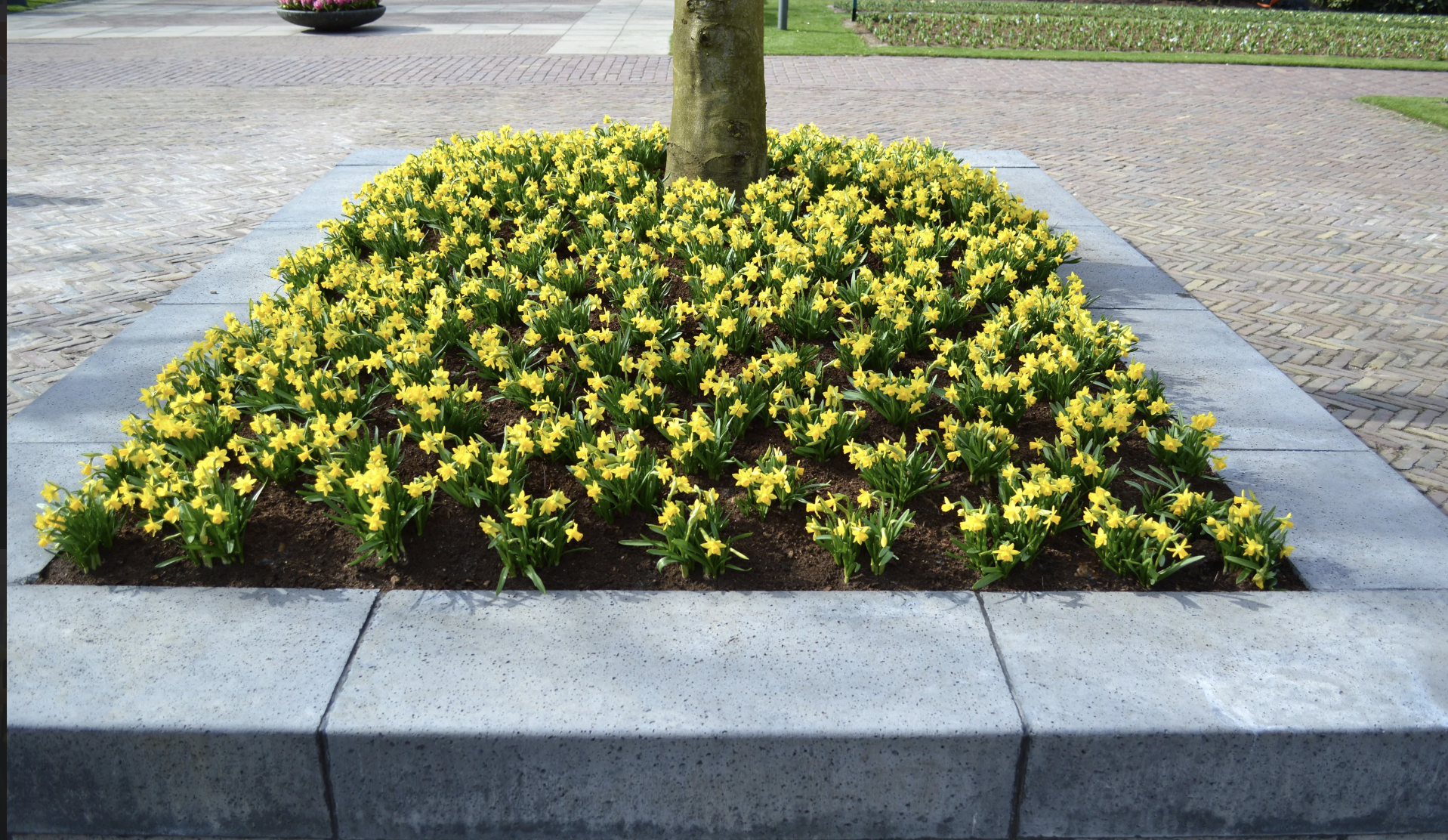
- ‘Jetfire’ is another mini daffodil with bright orange cups and swept-back yellow petals. It blooms in early spring, is very long-lasting, and doesn’t flop over.
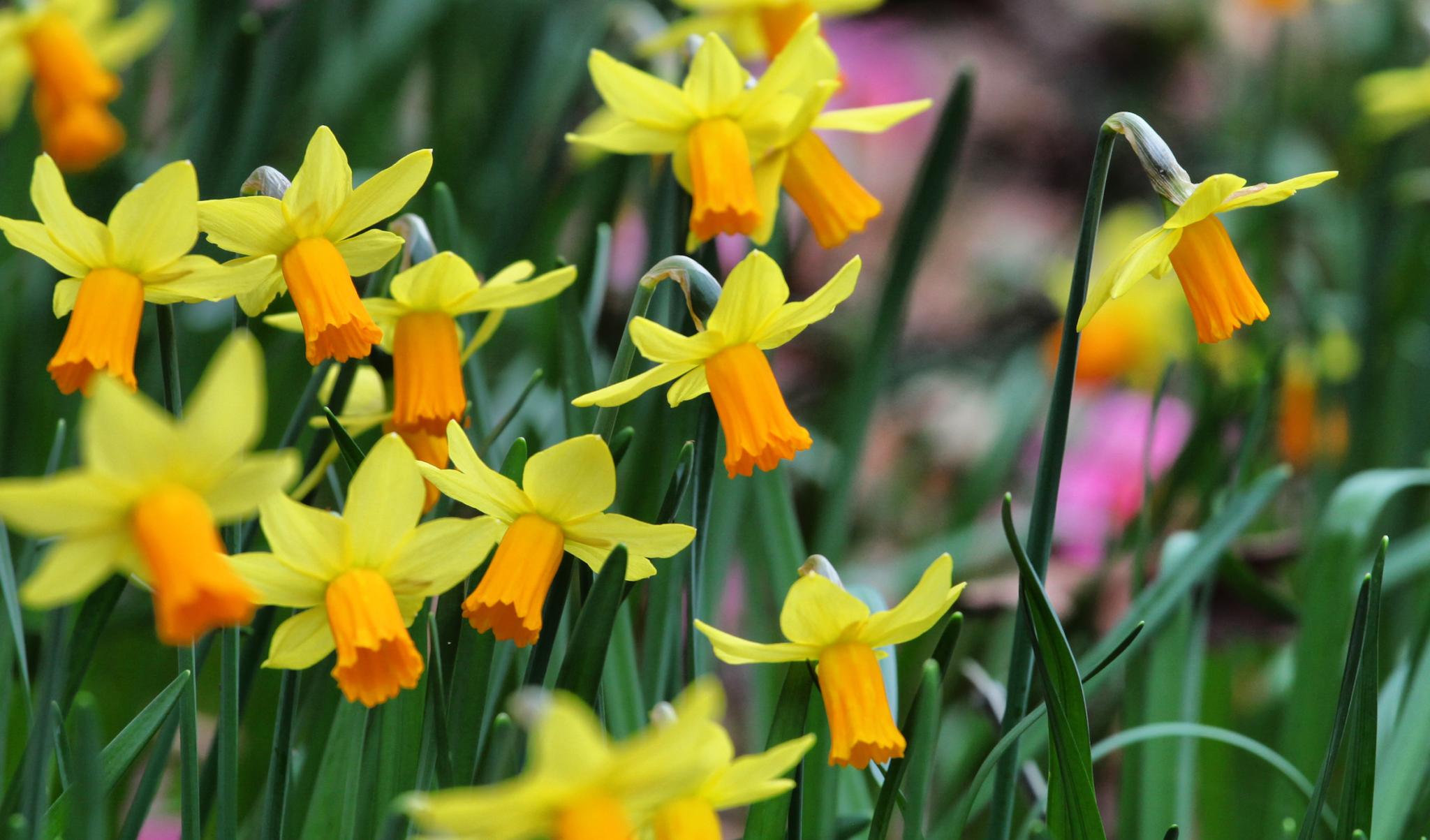
- ‘Petit Four’ is a good choice for a partially shady site. The flower has white petals with a double cup of apricot pink and grows 16 inches tall.
- ‘Cheerfulness’ bears double flowers and multiple blooms per stem; this daffodil is very fragrant with a lovely gardenia-like scent. Blooms in late spring and makes an excellent cut flower.
- ‘Thalia’ is an all-white daffodil, making it wonderful for moon gardens. Learn about 20 pure white flowers to include in your garden.
ADVERTISEMENT
Someone gave me around 30 bulbs in December, which was too late to plant. Tonight is our last cold night. Someone told me before I plant to soak the bulbs in water. I'm going to plant them this weekend in several areas. Some say sun, some say shade. I realize since I'm planting now I won't get any blooms this year. Is this correct? Please help me, I would love to plant.
Hi, Beverly. As long as the bulbs are healthy and have been stored at above freezing temperatures, you can certainly plant them as soon as the ground in workable. You will likely get only leaves this year, but flowers should come along next year. Good luck!
I have a front garden of daffodils. For 20 years they were bright yellow but for the last 4 years are now white petal and light yellow middles. Any idea what happened? Still beautiful and have 2 new bright yellow bunches this year but it’s just amazing.
There are some daffodil varieties that change color as they mature. But you are talking about daffodils that changed after four years. Many daffodil colors will indeed fade after a few years, usually from a bright yellow to more white as the years go by.
Haven't planted any in long time although favorite because purchased and planted 3 bushels of King Alfred Daffodils only to have the squirrels dig them up and they ravished/tore/shredded the bulbs to pieces within only a couple of days and left the chunks and pieces of bulbs strewn about everywhere. Rodent resistant? I really don't believe so, but sure wish it were true! :(
I've had daffs in my front gardens for 2 years. This year I needed to drastically amend the garden soil, so I dug up the bulbs in September or October and put them in pots (outside). I figured that would keep them dormant until I was ready to put them back into the ground. The weather has been mild most of the fall, and apparently they all decided it was spring already! I have 3 smallish pots with a half dozen sprouts each - help! what do I do with them now?
I don't want to put them back in the garden, it's abruptly going to drop to freezing next week. I suppose I could bring them in the house and let them grow and bloom indoors, but I don't really have a good place to put them. Other ideas?
Update: I put them on shelves in the garage, and a couple of weeks later they started really taking off. So I brought the silly things in to a countertop in the master bath. Ta-da! They've started blooming already! One pot is noticeably behind the other two, so I expect the overall display will last for quite a while. Once spring arrives OUTside I'll put them back in those gardens and hope they hibernate properly this time.
My daffodils near my stone wall are being overtaken by broad leaf weeds. Since daffodils appear to be a monocot, is is safe to use a broad leaf weed killer on them to control broad leaf weeds?
Last spring all the flower buds got hit with a frost, they turned brown and never did flower. This year I have no buds, is it because of last years frost?
Thank you,
Pat
Can daffodils that have bloomed survive indoors? If so how is this accomplished?
Thank you for your time!










